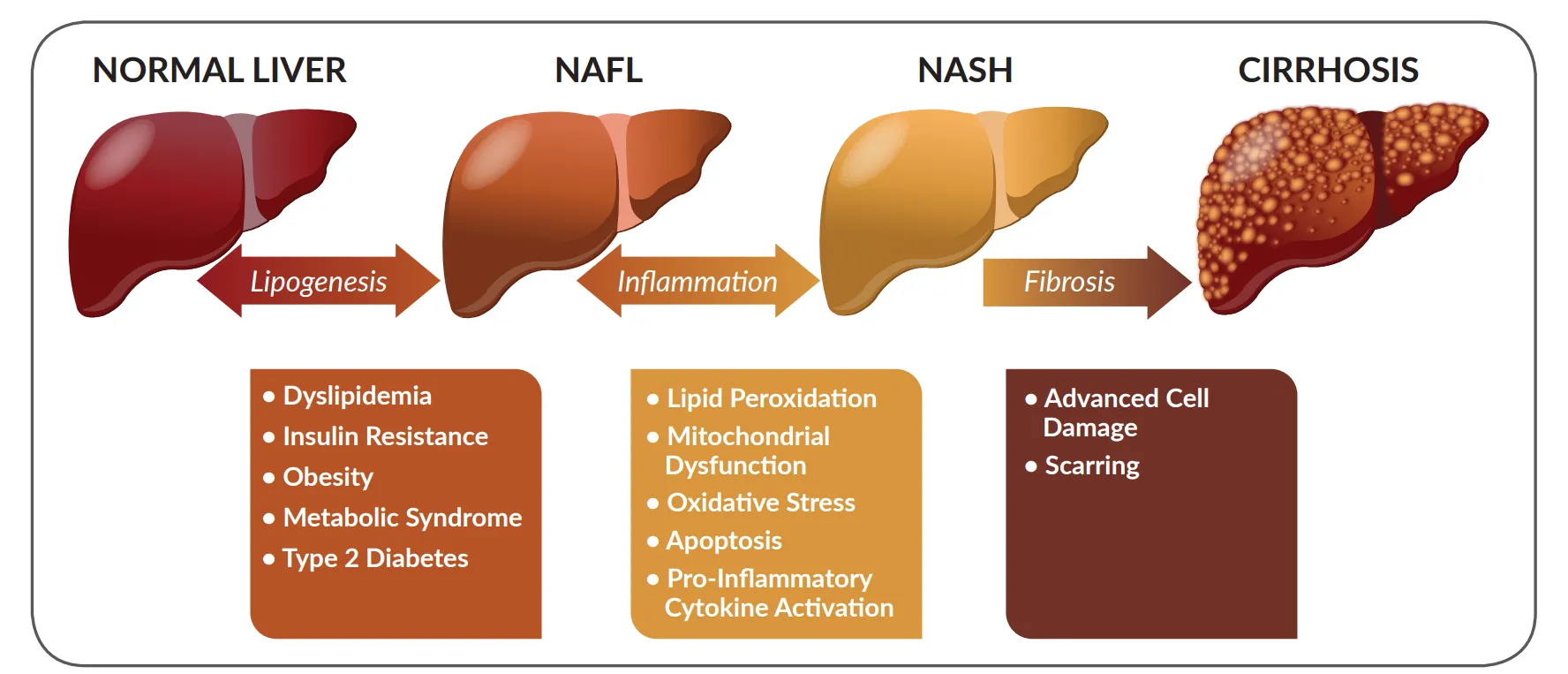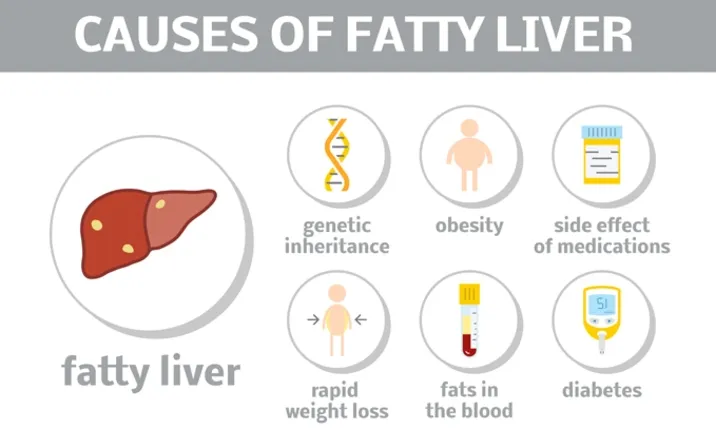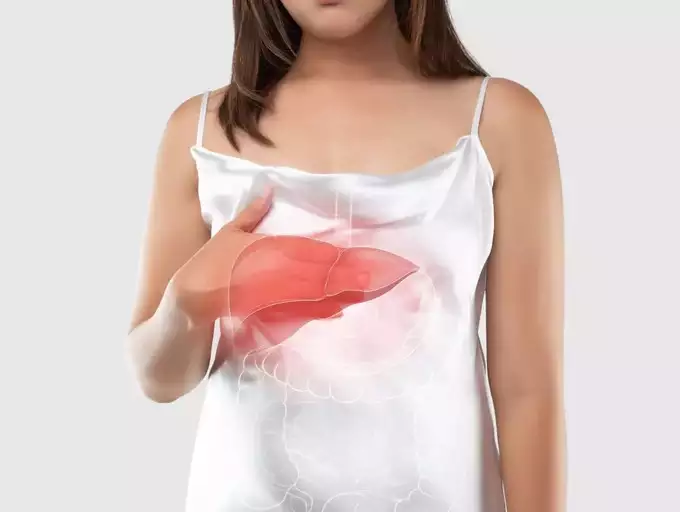atty liver, also known as hepatic steatosis, occurs when the liver builds up with fat. Small amount of fat is always present in the liver. However, if the amount of fat in the liver increases it can be detrimental to health.
Too much fat in the liver can lead to inflammation, which can harm and scar the liver. In serious cases, this scarring can lead to liver failure.
There are 2 types of fatty liver diseases Alcoholic fatty liver diseases(AFLD) and Non-alcoholic fatty liver diseases(NAFLD).
If fatty liver builds up in someone who drinks a lot of alcohol, it is known as alcoholic fatty liver disease. When fatty liver develops in someone who does not drink alcohol, it is known as non-alcoholic fatty liver disease.
In this article, the focus is on non-alcoholic fatty liver disease. If you have a serious issue, you can book an appointment with Dr Gaurav Gupata, one of the renowned liver specialist in Mumbai.
What is Non-alcoholic Fatty Liver (NAFL)?
Non-alcoholic fatty liver (NAFL) is the first and reversible stage of liver disease. Unfortunately, it usually goes unnoticed. After some time, NAFL progresses to non-alcoholic steatohepatitis, or NASH, a more severe liver disease.
NASH is characterised by increased fat accumulation and inflammation, both of which harm liver cells. When liver cells are excessively damaged, it results in fibrosis or scar tissue.
Some NAFL further develops into NASH raising the risk of cirrhosis and liver cancer. NAFL also increases the risk of other diseases such as heart disease, diabetes, and kidney disease.

What are the symptoms of Fatty Liver?
There are many fatty liver symptoms, but not all of them are present at the same time. In fact, the patient might not even be aware that they have fatty liver. Some of the symptoms of fatty liver include:
- Weakness and exhaustion
- Ache or feeling of fullness in the right or central abdomen
- Elevated liver enzyme levels, such as AST and ALT
- Elevated insulin levels
- Elevated triglyceride levels
The following symptoms can occur if fatty liver progresses to NASH:
- Appetite loss
- Vomiting and nausea
- Abdominal pain that ranges from mild to extreme
- Yellowing of the skin and eyes
It is essential to see a doctor regularly for routine examinations and blood tests. It can detect fatty liver disease at an early, reversible stage.
What causes Fatty Liver?

Several factors may cause or lead to the development of fatty liver:
- Obesity – It causes low-grade inflammation in the liver, leading to fat accumulation NAFL affects 30–90% of obese people, and it is becoming more common in children.
- Excess belly fat – Normal-weight people who are “viscerally obese,” meaning they carry too much fat around the waist, can develop fatty liver.
- Insulin tolerance – Insulin resistance and elevated insulin levels have been shown to increase liver fat storage in patients with type 2 diabetes and metabolic syndrome,
- High consumption of carbs – A high carbohydrate diet promotes the storage of liver fat, particularly in overweight or insulin-resistant people.
- Sugary beverage consumption – Sugar-sweetened beverages, such as soda and energy drinks, are rich in fructose. Fructose is linked to the accumulation of liver fat in both children and adults.
- Impaired gut health – According to recent studies, an imbalance in gut bacteria, problems with gut barrier function (“leaky gut”), and other gut health issues can all lead to NAFL production.
How to get rid of Fatty Liver?
Some of the ways a patient can get rid of non-alcoholic fatty liver are mentioned below:
Dietary changes

There are several things a patient can do to get rid of fatty liver, including losing weight and reducing the intake of carbs. What is more, certain foods can help lose liver fat as well.
Lose weight and avoid overeating
Patients who are overweight or obese should lose weight and avoid overeating. One of the simplest ways to reverse fatty liver is to lose weight.
In fact, in people with NAFL, weight loss has been proven to promote liver fat removal. It makes no difference whether a patient reduces weight by dietary adjustments, exercise or weight loss surgery.
Exercises
Physical exercise can help lose liver fat. Studies have shown that engaging in endurance or resistance training many days a week will substantially reduce the amount of fat contained in liver cells.
Since regular exercise is important for reducing liver fat, patients can look for an exercise routine that suits them best.
Fatty liver can cause several health issues. Fortunately, if caught early enough, it can be reversed. The patient can reduce excess liver fat by consuming a healthier diet, increasing physical activity, and taking prescribed supplements.

